While marketing was formerly dominated by cold calls and flashy TV ads, it doesn’t work that way anymore. Inbound marketing has become the main tool of businesses looking to increase their customers and drive repeat sales. Compared to outbound marketing, its clunkier and more old-fashioned counterpart, inbound marketing is where the game is at today.
Your Inbound Marketing Gameplan
Although it might sound like a complicated buzzword, the concept behind inbound marketing is simple: you attract customers by first providing value to them. This is done through high-quality content that’s relevant to your target audience, powered up by search engine optimization and social media marketing. When members of your target audience come across your content repeatedly, whether through your blog, social media platforms, or emails, the ideal scenario is it’ll appeal to them so much that they’ll have an improved impression of your brand, kickstarting their buyer’s journey until they eventually purchase your product or service.
If you’re wondering what the connection is between your target audience seeing your content and actually buying from you, here’s the overall gist of an inbound marketing strategy:
- Attract visitors through your content
- Nurture them into leads by offering additional value and getting their emails
- Consistently deliver content to them through their emails, eventually closing a sale with them
- Give them a delightful customer experience so they can spread the news and buy from you again
That’s only four steps, but when it’s time to implement inbound marketing for your own business, you might be uncertain about where to start. Read on for our inbound marketing guide, which shows you how to go from planning your strategy to retaining your customers afterwards.
Deciding on Your SMART Goal
Before jumping straight into crafting an inbound marketing strategy, take some time to write down your goal, with an eye towards where you are currently. A clear, precise goal ensures that you’re focused on what’s essential, and it’ll be the yardstick through which you’ll measure your progress. You can create a SMART goal with the following framework:
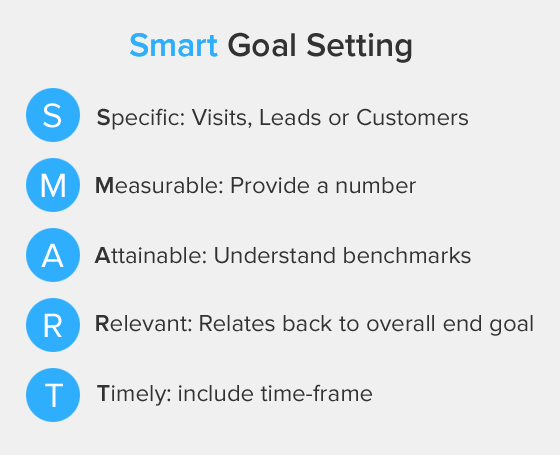
Source: https://blog.roket.to/is-your-business-setting-smart-goals
Specific
Don’t just say that your goal is to improve your social media presence or get a 20% increase in sales. The more specific you can make it, the easier it will be to work towards it, so include how exactly you’ll achieve it.
Example: I want to increase our business blog subscribers by 25%. To do this, our team will post four times a week, have a guest post on other blogs once a week, and share all posts on our social media platforms.
Measurable
To identify where you are with respect to your goal, it should be defined in clear metrics. By checking your analytics, you can set your target based on your previous performance. Depending on your exact goal, some metrics you can check include:
- Increase in blog traffic
- Increase in number of leads
- Number of blog subscribers
- Time spent by visitors on your website
- Website conversion rate
- Number of referrals from a certain platform
Example: Grow blog subscribers from 8,000 to 10,000 for a 25% increase
Attainable
Given your resources and timeline along with where your business is currently at, is your goal realistic? A goal that’s too far removed from your current metrics might cause you to overexert or get discouraged prematurely.
Example: Our blog grew by 1,000 last quarter, so aiming for 2,000 this quarter sounds doable.
Relevant
Since you’ll be putting significant effort into achieving your goal, it has to be in line with your overall business objective. Your goal should matter on the bottom line. Consider the deeper purpose behind your goal and what you ultimately hope to get out of it.
Example: By increasing our blog subscribers, we can generate more leads and make people more aware of our products, leading to a higher chance of closing sales.
Timely
Putting a deadline on your goal will kickstart you into action, and it’ll also allow you to plan sensibly, both at the start and week after week.
Example: We plan to increase our blog subscribers from 8,000 to 10,000 by August 20, 2020.
Understanding Your Customers
To have a good foundation for inbound marketing, you need to know your customers extremely well. After all, you’d want your content to be specifically tailored for them. One thing that sets inbound marketing apart from older styles of marketing is that the digital world allows you to get specific with whom you target. Rather than creating generic content that will, or that appeals to everyone, you’re niching down and putting forward only what’s relevant and interesting for your customers.
When you look at your customer data, you’ll notice that a trend emerges—the people who pay attention to your products and services have certain traits in common. For a well-defined representation of customers that can be kept on top of mind, it’s essential to create customer personas. These are fictional constructs that are based on your target audience, and you can typically come up with one to three.
Here’s what you can include in your customer personas:
- Demographics (age, location)
- Industry
- Company Role
- Interests, hobbies, lifestyle
- Desires and goals
- Pain points and challenges
- Content preferences
Example:
|
Name |
Samantha |
|---|---|
|
Age |
45 |
|
Industry |
Food and Beverage |
|
Company Role |
Seafood Restaurant Owner |
|
Location |
Kelowna, Canada |
|
Desire |
To have an appealing, customizable website for her restaurant |
|
Pain Points |
Bad design, technical inconveniences, website micromanagement, long waiting times |
|
Preferred Platforms |
Facebook, Instagram |
When crafting your user persona, you can look to your own experiences with your customers, look up their digital footprints, talk to customer-facing employees, and examine your own platform analytics to get more information about them. Some businesses even conduct interviews and surveys, although it pays to have a third party do these so you can receive unfiltered responses. Alternatively, you can check out the customers of your competitors in the same niche.
Setting Up a HubSpot Account
Once you’re clear on your marketing goal and you have a specific idea of the customers that you want to target, you can move on to crafting the fine details of the strategy. Since inbound marketing involves content creation, analytics, social media, email campaigns, and even your website design, it can be challenging to keep track of all of these at once, even with a full-fledged marketing team.
This is why many businesses either use HubSpot directly or work with HubSpot inbound marketing agencies. HubSpot is a thorough sales, marketing, and customer service platform where you can access your inbound marketing tools, services, and reports all in one place. An industry classic, it already has more than 73,000 customers in over 120 countries.
The main reason is that it makes everything so convenient. With HubSpot Marketing Hub, you can:
- Automate your blog and social media posts based on a certain schedule
- Set up email campaigns and personalize these for each segment of your target market
- Track the SEO keywords that land viewers on your website and get keyword recommendations
- Design and build a website via drag-and-drop and add custom pop-ups and landing pages
To get started with it, go to the HubSpot website and scroll down until you see this section:
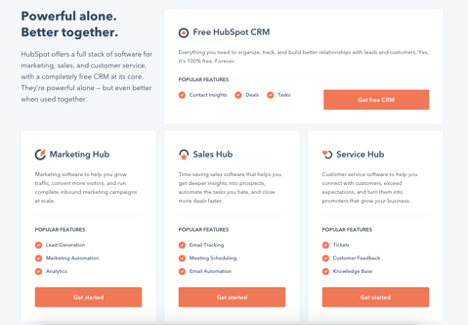
Source: HubSpot
Click “Get Started” under Marketing Hub. You’ll be given two choices for your account:
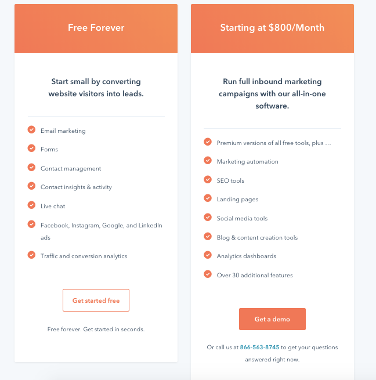
It’s very extensive, and you can optimize several inbound marketing processes even with a free account! The paid subscription option will ask you to schedule a free demo first so you can figure out your way around the platform’s full features. If you’re opting for the free version, you’ll be filling out a few forms with your information:
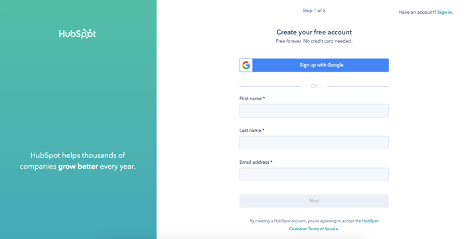
Aside from personal details like your email and account password, you’ll also have to connect it with your business website and specify how many employees you have and your type of business. This is doable in five minutes, and then you’ll be able to access your account! There’s a guided setup available so you can learn the ropes quickly:
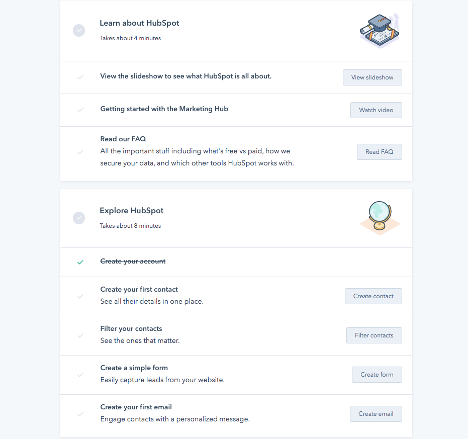
Anytime during setting up, you can move on to your actual dashboard:
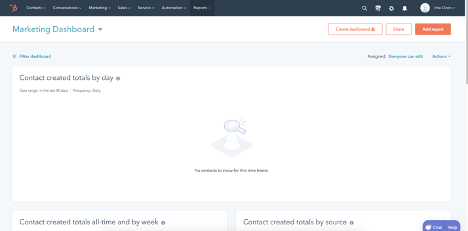
By default, it shows your contact statistics as well as the results of your email campaigns. Through the tabs above, you can customize your dashboard to have more features, including ad campaign management and various analytics tools. Most of these are free, and small businesses who are after more features can upgrade to Marketing Hub Starter at around $50 per month.
For the nitty-gritty of using your account for inbound marketing, check out this list of detailed guides straight from HubSpot itself.
Creating a Content Roadmap
Great, now you’ve got HubSpot all set up! The next major step is to create and implement your content roadmap. Content is one of the main drivers of inbound marketing, and more than 90% of B2B marketers already incorporate it. Aside from building your brand and increasing your connection with your customers, content also brings people to your website so they can be potentially converted into leads. To make it work, it’s imperative to publish content regularly—at least twice a week—and across different channels.
Doing Keyword Research
While you already have your user personas, you’ll need to do additional digging to brainstorm what topics to create your content around. The best content topics will be relevant and interesting for your target, such that potential customers will even type these directly on Google.
To figure out what these are, you’ll have to do keyword research, where you generate a list of SEO keywords that your content will focus on. Google will index your content based on these keywords, so the more accurate your keywords are, the more likely your target will stumble onto your content through organic search.
These tools will help you do keyword research:
- Google Keyword Planner
- SEMrush
- Google Trends
- Moz Keyword Explorer
- Ahrefs Keywords Explorer (<--- our personal favourite!)
Look for long-tail keywords, which are specific enough to lessen the competition but still draw in a lot of volume. Other tactics include checking out which keywords are attracting the most traffic in your competitors’ websites or looking at the keyword metrics so far for your own website. Finally, list your chosen keywords down on a spreadsheet.
Example: A B2B company that provides HR software such as an employee leave portal might have the following keywords:
- “How to automate recruitment”
- “Most important HR metrics”
- “Boosting employee engagement with technology”
Building a Content Calendar
Your keywords will determine the rough direction of your content. However, the primary gauge for high-ranking content is the quality—you can figure out the topics from the keywords, but your content must also contribute value to and resonate with your customers.
For an implementable content road map, you’ll be basing your workflow on an editorial calendar. This describes the title of each content, keywords involved, and schedule of publishing. To make your life easier, you can finish up your content days or weeks before the deadline and automate publishing through HubSpot.
Example:
Continuing with the previous example, this is how an editorial calendar for the bakery would look like:
| March 2020 | ||||
|---|---|---|---|---|
|
Week 2 (March 8 to March 15) |
||||
|
Publish Date |
Title |
Status |
Category |
Platform |
|
Mar. 8, 2020 |
What are the Healthiest Types of Bread? |
Published |
Types of Bread |
Blog |
|
|
The Healthiest Types of Bread |
Published |
Blog Post Sharing |
|
|
Mar. 9, 2020 |
Sugar-Free Banana Loaf |
Published |
Product Feature |
|
|
|
Sugar-Free Banana Loaf |
Published |
Product Feature |
|
|
Mar. 10, 2020 |
Is Bread Actually Healthy? |
Editorial |
Nutrition |
Blog |
|
|
Is Bread Actually Healthy? |
Writing |
Blog Post Sharing |
|
|
Mar. 11, 2020 |
Natural Sourdough Workshop |
Writing |
Event |
|
|
|
Natural Sourdough Workshop |
Writing |
Event |
|
|
Mar. 12, 2020 |
How to Choose the Right Gluten-Free Bread |
Writing |
Gluten-Free Bread |
Blog |
|
|
Choosing the Right Gluten-Free Bread |
Writing |
Blog Post Sharing |
|
|
Mar. 13, 2020 |
What Customers Say |
Writing |
Customer Feature |
|
|
Mar. 14, 2020 |
A Regular Day at the Bakery |
Writing |
Behind the Scenes |
|
Choosing the Content Format
When it comes to your content, you have various formats to consider. Your creativity’s the limit here:
- Blog posts
- eBooks
- Videos
- Social media posts
- Podcasts
- Infographics
- Case studies and reports
- Newsletters
According to HubSpot’s 2020 report covering 3,400 marketers around the world, here’s a breakdown of the top forms of media that businesses used in 2019:
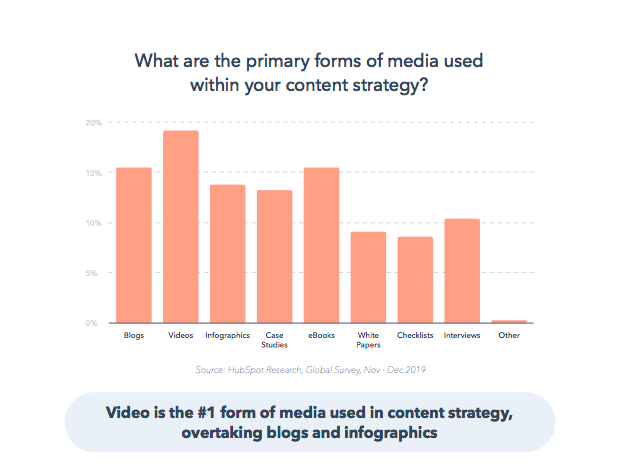
In terms of content channels, Facebook is still the most popular, highlighting social media efforts, followed by the company blog or website:
Source: Hubspot
To sum it up, these are the three types of content that dominate inbound marketing:
Blog Posts
Blogs are already imperative for businesses today, regardless of their industry. A blog provides you with an easy way to get your content out there regularly, and 55% of marketers even say that they prioritize blogging above all other channels. It also beefs up your website, bumping up its SEO ranking, and you can make it even more accessible by promoting it on social media or linking to blog posts in your subscriber emails.
Make sure that your blog posts are well-written, with a word count of at least 1,000 words and lots of images to make them pleasant on the eye. Aim to have the best content so they’ll beat out other businesses’ articles on the same topic.
Social Media
Social media posts still get the top rank in terms of publishing frequency because these are typically faster to create than blog posts. There are already at least 3.5 million users around the world, amounting to nearly half of the global population, so your target market is likely to be present in several social media platforms, including Facebook, Instagram, Twitter, and LinkedIn.
Study your customers’ social media habits so you can focus on the platforms where they’re the most active. Publish at least three times a week or once a day if doable, and always share blog posts or any other new content you’ve created.
Videos
Video has actually overtaken blog posts as the most common form of media. The prediction is that by 2021, 82% of internet traffic will consist of video, and 85% of consumers want more video content from brands. Videos are simply naturally engaging, beating out text and going viral on social media much faster.
While videos do take more effort to produce, the ROI can be worth it, especially on visual-heavy industries such as travel, food, fashion, and photography.
On top of these, there are countless other content formats. Each has its own pros and cons, and it really boils down to experimentation and figuring out what your target audience likes.
Checking Your Content Metrics
For a strategic approach, you can track your content’s performance with a content audit. With each type of content you publish, look at performance metrics such as number of views and shares, user engagement, and bounce rate. This will point out which content is garnering the most attention from your readers, and you can continually tweak your content strategy based on this.
Example:
This is a report generated by HubSpot about blog post performance:
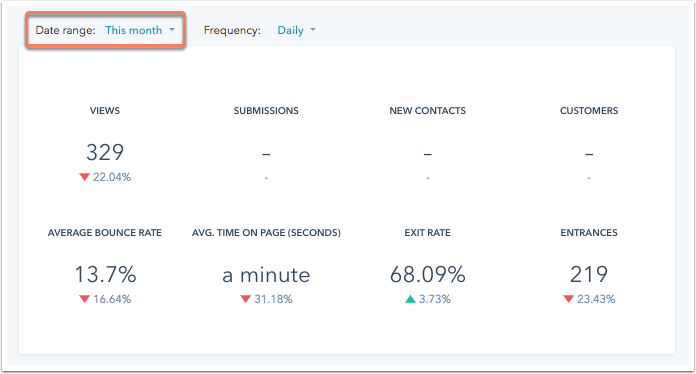
On the other hand, this one is for social media:
Gathering Leads
Your content will attract your target market to your website, but inbound marketing doesn’t stop there. Viewers must be converted into leads by capturing their contact details, usually their email addresses. Once viewers agree to subscribe to your content and updates, you can add them to your email list. Because you’ll be engaging with and nurturing your leads, you’ll end up closing more deals in your sales funnel.
Opt-In Forms
Leads are typically gathered through opt-in forms. These are forms that appear on your website, requesting the viewer’s contact details so you can send them a lead magnet or subscribe them to your newsletter. Practically every modern website has this, although it comes in various forms. The most subtle would be a simple stationary form on the website. More actively, there are also opt-in forms that pop up when a viewer enters or exits the page. In this case, the user would have to close the form to keep looking at your website.
It’s best to keep opt-in forms simple and concise. The less fields in the form, the better—most opt-in forms only ask for the email, sometimes with the viewer’s name included, so the viewer won’t find them a hassle to fill out. Opt-in forms must also be easy to exit and kept in moderation to not annoy the viewer.
Lead Magnets
While you can ask viewers to subscribe directly to your emails, it’s better to offer them some sort of value through a lead magnet. This is a type of content that you give viewers in exchange for their contact details. Depending on your business, this can be a case study, an eBook, or a masterclass—as long as it’s compelling for your visitors.
Example:

This opt-in form by SmartBlogger appears when you exit the page, and takes up the entire screen. It’s short, and it comes with an obvious exit while offering helpful content.
Effective Email Campaigns
Email marketing is a crucial part of inbound because it keeps you in touch with your target market in a more intimate, personal way than content does. It also lets you send updates regularly, whether you’re linking to blog posts or directly promoting a new product. For every $1 spent on email marketing, the average ROI is $42. That’s worth leveraging on!
These are some email campaigns that you can do:
- Welcoming new subscribers
- Weekly or monthly selection of products
- Sharing new content
- Greeting subscribers on holidays
- Counting down the days to a sale
What’s great about inbound is your subscribers chose to hear from you (with the option to unsubscribe at any point, as always). This is vastly different from cold-calling or cold email outreach. Still, send your emails at a moderate frequency—once a week or twice a month works in most cases, with exceptions for time-sensitive offers. To increase the chances of subscribers opening your emails, you can select only a specific segment of your subscribers and use further personalization methods such as mentioning their name in the email. HubSpot has tons of great tools for this, including analytics that track how people are responding to your emails.
If you get your email marketing right, subscribers are much more likely to end up at a landing page of your website and become customers.
Example:
This email is from Pocket, an app that saves content for further viewing. At the top, it offers you a subscription to a popular publication, while the rest of the email gives value by listing down articles that subscribers might be interested in.
Keeping Your Customers Happy
Inbound marketing doesn’t end once you’ve turned your viewers and subscribers into customers. Instead, work on giving them the best customer experience possible and keeping them in the loop so they’ll buy from your business again. This can involve:
- Engaging with customers on social media
- Featuring customers on your blog
- Sending thank-you emails for purchases
- Following up on what they liked and didn’t like
- Making recommendations based on their past purchases
Even though the process from capturing a customer’s attention to sealing an offer with them can seem linear, inbound marketing is an ongoing effort. Consistency is key, both with creating content and conducting audits and reviews.
Inbound Marketing Success Stories
These two businesses took advantage of inbound marketing to grow their brands and boost sales:
GoPro
While GoPro may be a giant today in the action camera industry, it hasn’t always been like that. Part of what got them there was their strong inbound marketing. They uploaded videos constantly on YouTube, reaching as much as one video every day. Because the videos were filmed with GoPro cameras, they managed to advertise their brand without being overly aggressive about it, and the videos went viral.
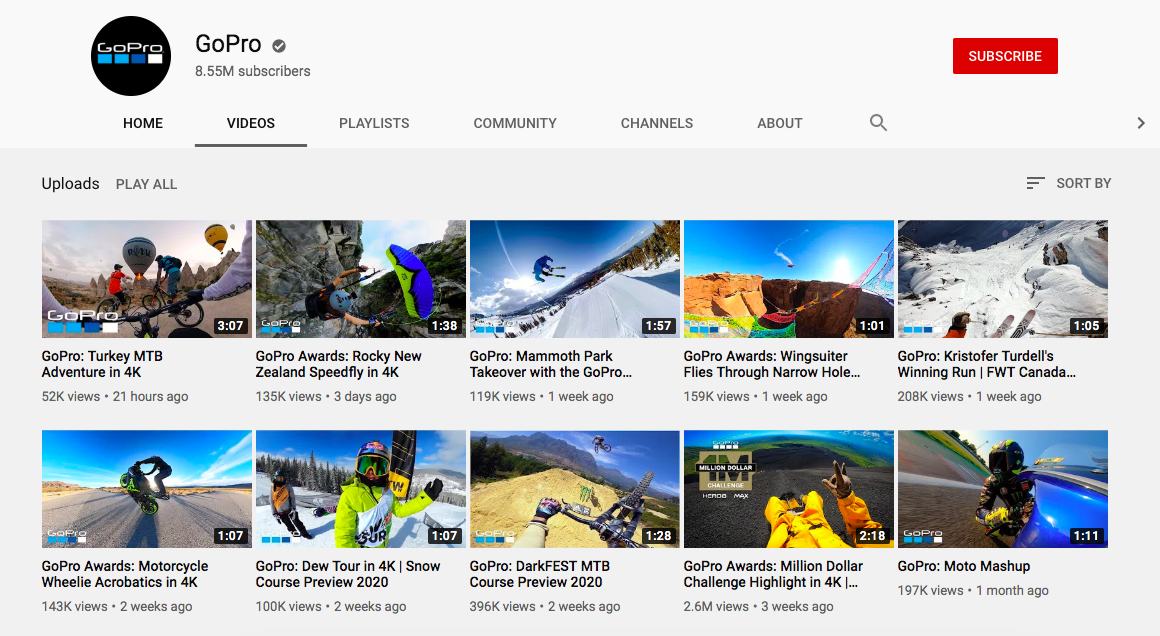
Source: GoPro via YouTube
They also encourage customers to share GoPro photos on social media and feature these on their own platforms.
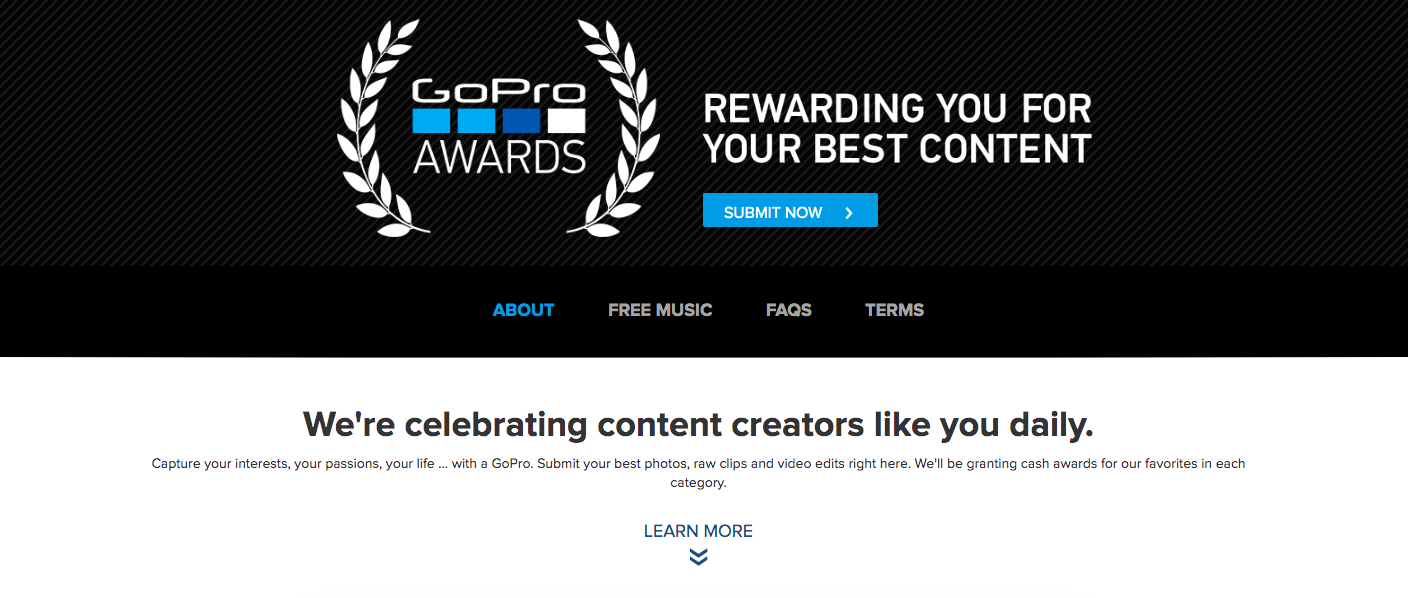

Dell
Dell, which specializes in personal computers and laptops, is often cited as the prime example of a successful GIF email campaign. When it was promoting the XPS 12 Convertible Ultrabook, it incorporated a GIF into its email to show how you could flip it from a laptop to a tablet. Because convertibles were still a new concept then, the GIF helped subscribers visualize it better, and the email stunningly boosted revenue by 109% and drove 103% higher conversion.
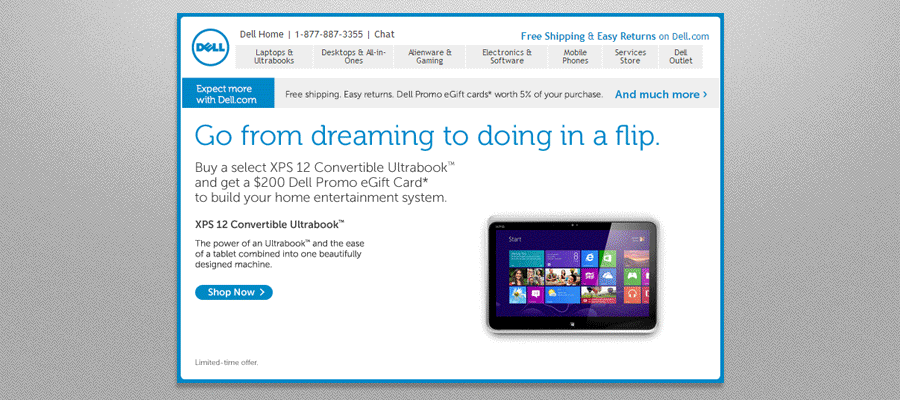
Source: MarketingSherpa
On the B2B side, Dell also sponsors four podcasts, including one that invites at least one technology leader for every episode, and another hosted by Steve Jobs’s biographer. This presents them as an industry thought leader while riding on influencer marketing.
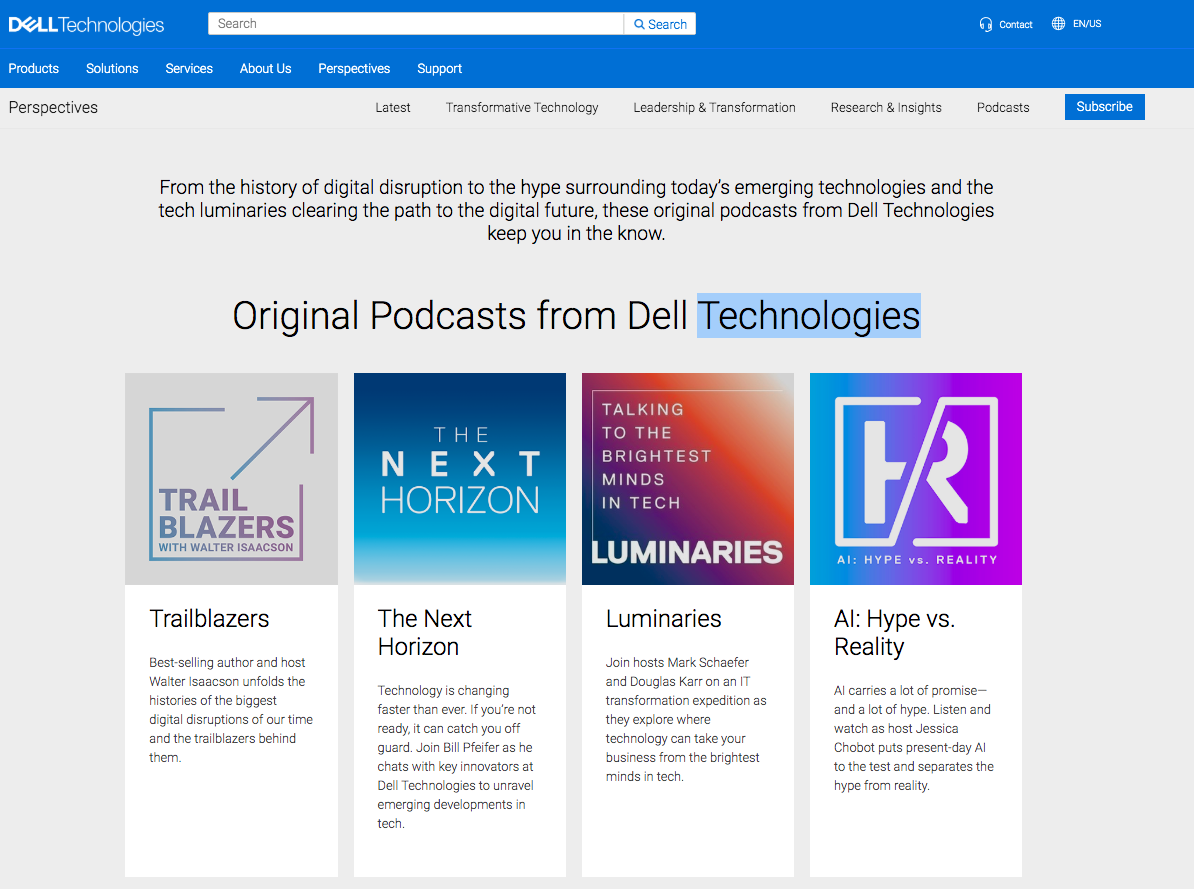
They also publish research, case studies, and articles on technology and organizational culture that you can subscribe to via email newsletter.
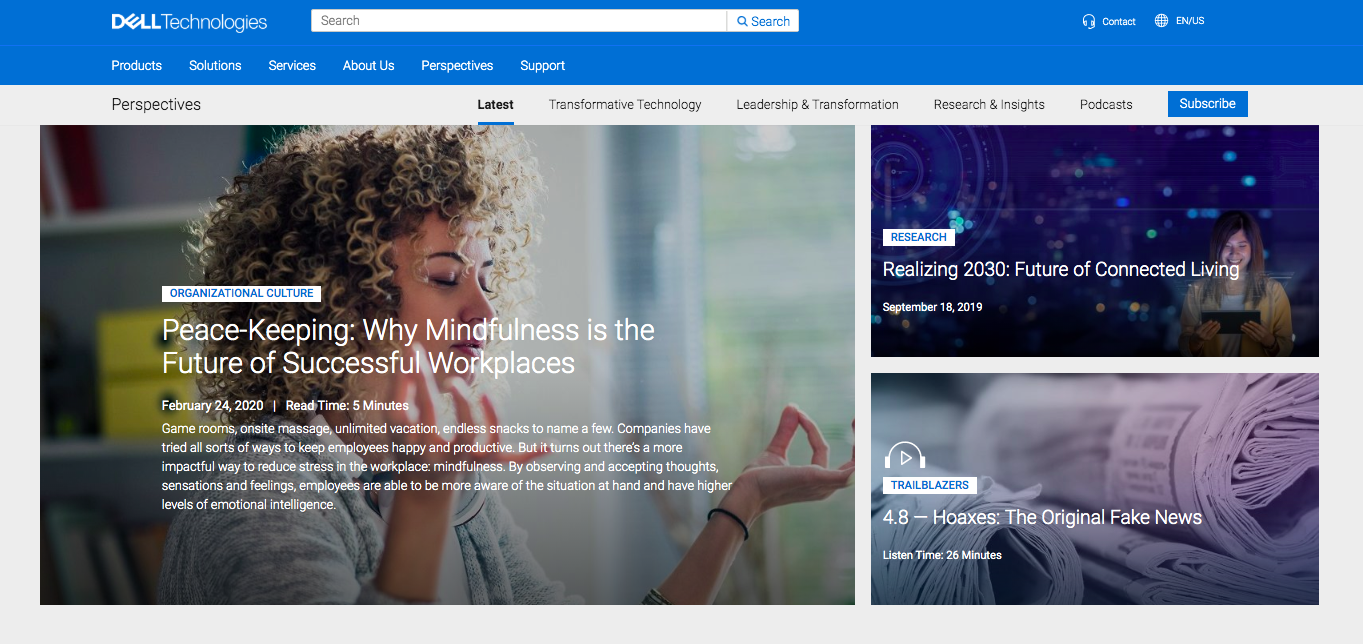
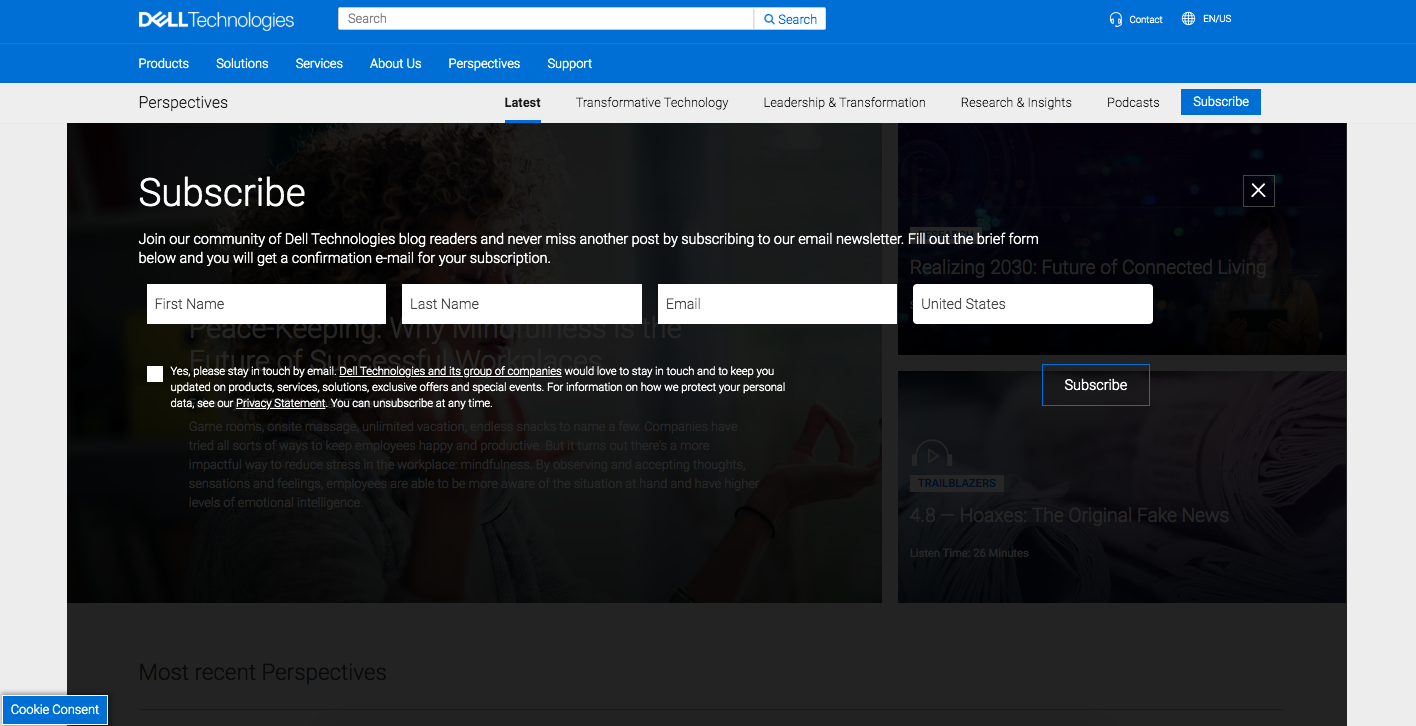
Inbound Marketing Gameplan Summary
All in all, inbound marketing does require a lot of steps as you guide potential customers through your funnel, and it spans multiple campaigns and platforms as well. But with a gameplan on hand, you can proceed clearly.
Here’s a summary of the entire inbound marketing gameplan:
- Decide on your SMART goal
- Understand your customers
- Set up a HubSpot
- Create a content roadmap
- Publish and audit content
- Gather leads
- Launch email campaigns
- Keep your customers happy
By following this, you’ll strengthen your connection with your target market, bringing in additional value and improving both your sales and user engagement. Digital marketers are focusing on inbound for a reason, and it’ll only become more of a necessity in the future.

Ulf Lonegren
Ulf Lonegren is CEO and Co-Founder of Roketto, where he has led digital marketing strategy for over 15 years. With extensive experience in both traditional SEO and emerging AI search optimization, Ulf has guided hundreds of SaaS and ecommerce companies through major search algorithm updates and platform shifts. His expertise spans from the early days of Google's algorithm changes through the current AI revolution, giving him unique insight into what actually drives sustainable search visibility. Ulf's approach focuses on fundamental optimization principles that adapt to new technologies rather than chasing trending acronyms, a philosophy that has helped Roketto's clients achieve measurable growth across multiple search paradigm shifts.










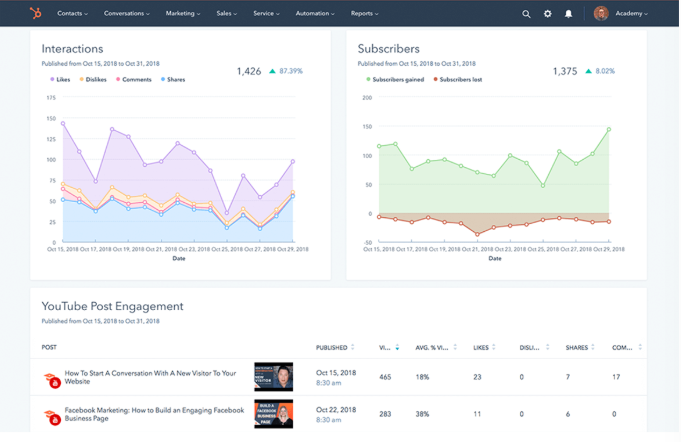

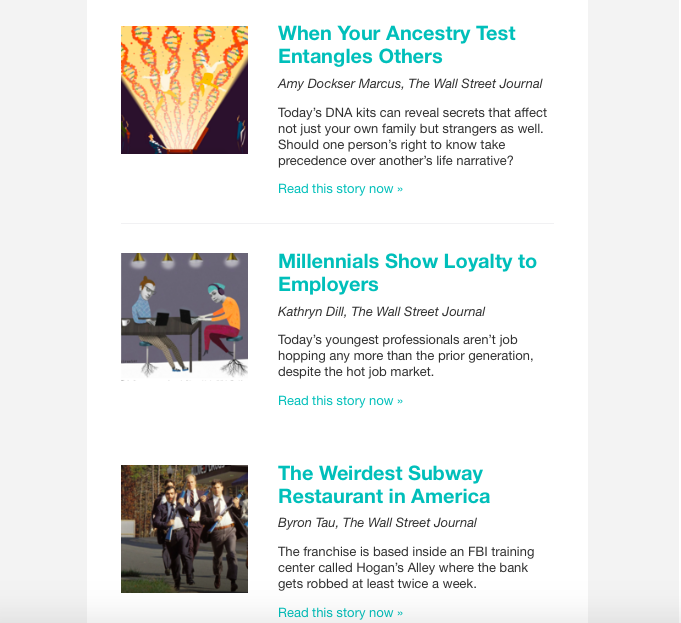


2.png)
2.png)


